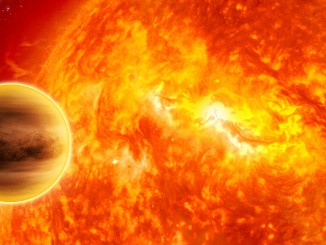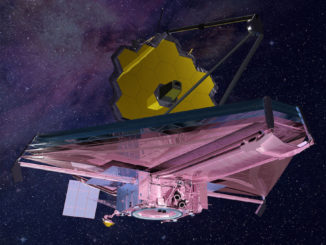
NASA’s Transiting Exoplanet Survey Satellite – TESS — has completed its first year of operation, mapping the souther sky in overlapping strips, discovering 21 confirmed exoplanets, 850 candidates awaiting confirmation, and a variety of supernovae, asteroids and other phenomena.
“The pace and productivity of TESS in its first year of operations has far exceeded our most optimistic hopes for the mission,” George Ricker, TESS’s principal investigator, said in a statement. “In addition to finding a diverse set of exoplanets, TESS has discovered a treasure trove of astrophysical phenomena, including thousands of violently variable stellar objects.”
Like the Kepler spacecraft that preceded it, TESS was designed to search for exoplanets by looking for slight changes in a star’s light as one or more planets move in front as viewed from Earth. But unlike Kepler, TESS is focused on stars closer to the Sun, across the entire sky, in search of relatively nearby Earth-like worlds.
“Kepler discovered the amazing result that, on average, every star system has a planet or planets around it,” said TESS Project Scientist Padi Boyd. “TESS takes the next step. If planets are everywhere, let’s find those orbiting bright, nearby stars because they’ll be the ones we can now follow up with existing ground and space-based telescopes, and the next generation of instruments for decades to come.”
On 18 July, TESS completing its southern sky survey and mapping of the northern sky began. When the initial survey is completed next year, the spacecraft will have mapped three quarters of the sky using four cameras that monitor 24-by-96-degree strips for 27 days at a time.
“The team is currently focused on finding the best (exoplanet) candidates to confirm by ground-based follow-up,” said Natalia Guerrero, who manages the search at MIT. “But there are many more potential exoplanet candidates in the data yet to be analyzed, so we’re really just seeing the tip of the iceberg here. TESS has only scratched the surface.”



